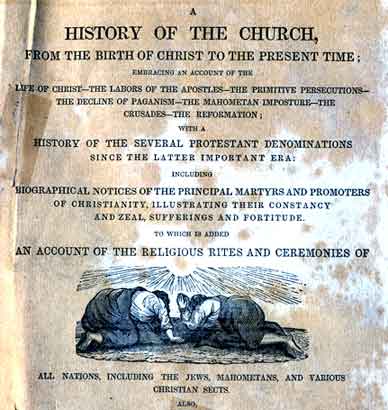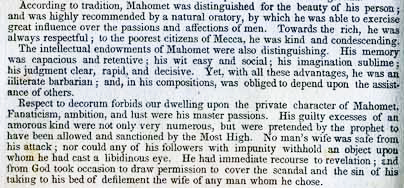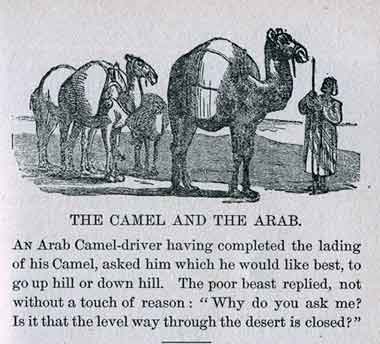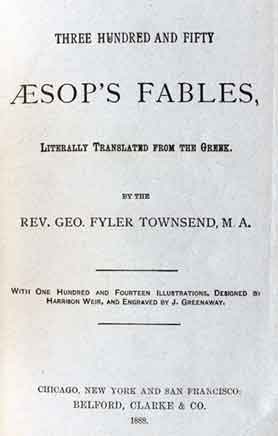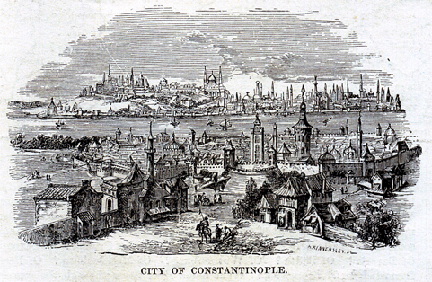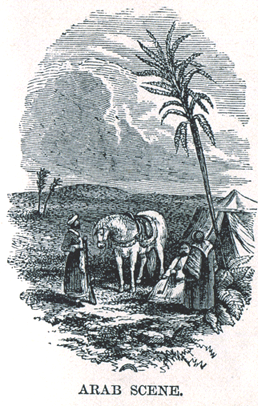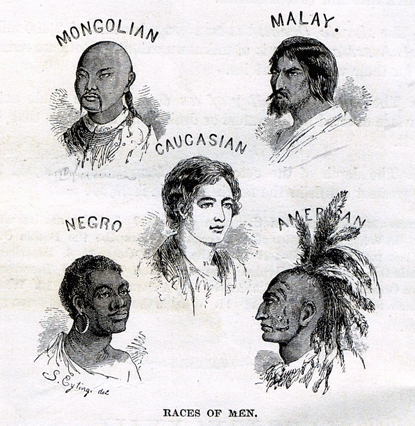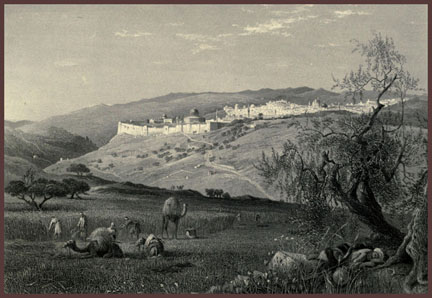
A History of the Church, p. 95
One of the books owned by a great, great aunt of mine in Cleveland was A History of the Church, etc., published in 1833. In a previous post, I offered some excerpts from its coverage of “Mahometanism.” The author is a certain C. A. Goodrich, who is decidedly Protestant and as unfriendly to Roman Catholicism as he is to Islam and Hinduism. Near the end of the book is a section entitled “The Story of the World” by Josiah Conder, originally published in the Missionary Annual for 1833. Its comments on the various religions, including Islam, is quite fascinating, again as a reflection of a time when the United States was barely half a century old. Continue reading On Mahometism, 1833 style: #2
